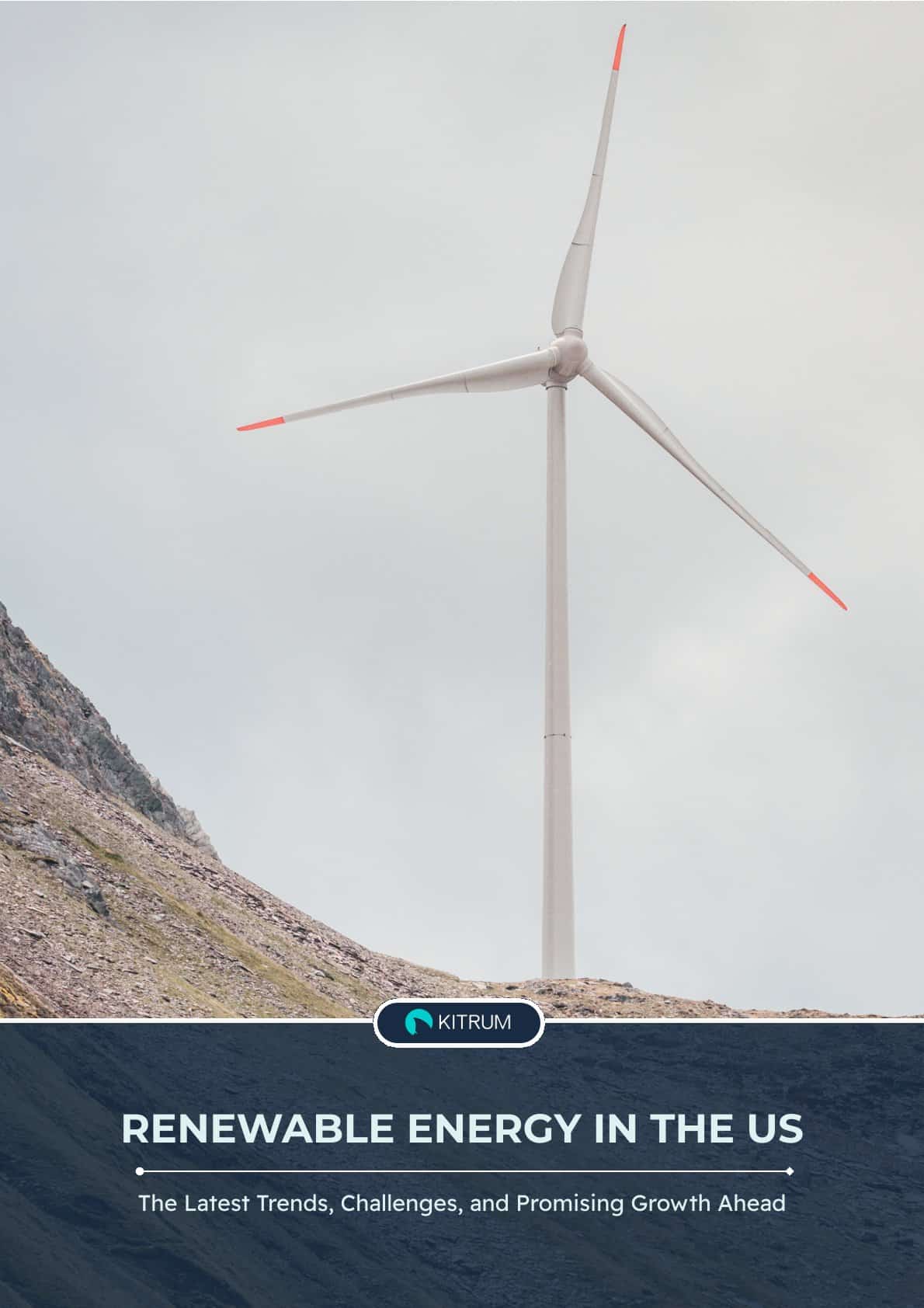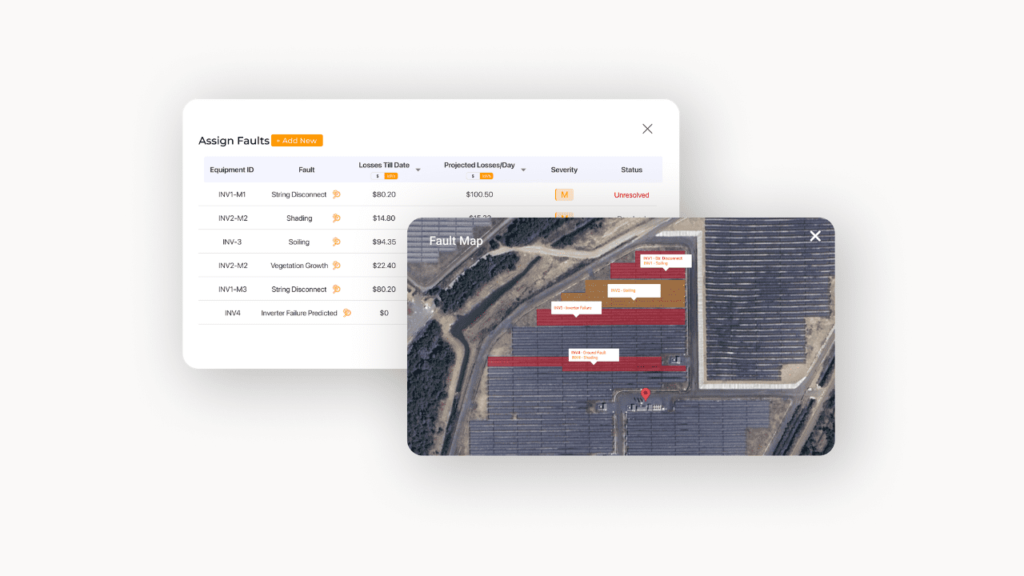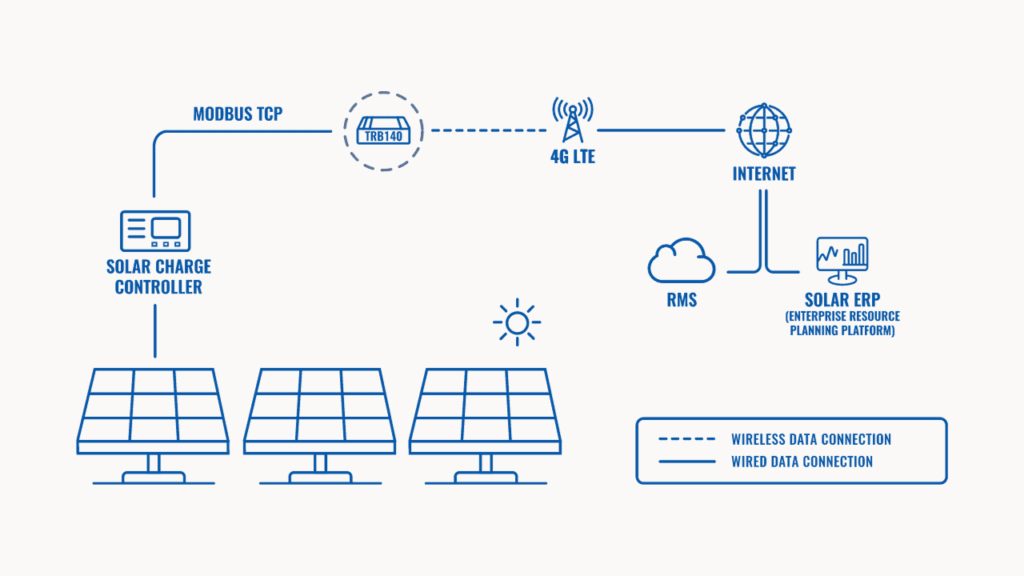How AI-Based Smart Solar Technology Can Optimize Your Energy Management Solution
Can you envision a future where your appliances automatically adapt to weather conditions and sunlight so that your energy bills decrease significantly while your contribution to a greener planet increases? Sounds cool? Homes are becoming smarter, commercial buildings are more efficient, and grids are more resilient, all thanks to the integration of AI-based smart solar solutions.
Stay tuned as we delve into questions like how can AI help in solar energy. How does AI-based smart solar technology work, and what are its benefits? What are some of the trends in solar technology for the next year? Keep reading to discover how to optimize your energy solutions, reduce costs, and leave a greener footprint on our planet.
What is a smart solar solution?
The evolving dynamics of electricity consumption and production, driven by climate change, digitalization, and decentralization, actively lead to innovative solutions. Thus, smart solar technology appears and plays a key role in the quest to make solar energy a substantial contributor to electricity supply.
Smart solar solution is the integration of advanced digital and data-centric solutions with solar energy systems to optimize their efficiency, performance, and management. It involves technologies such as the Internet of Things (IoT), artificial intelligence (AI), data analytics, and real-time monitoring to improve the generation, storage, and utilization of solar power.
The key idea behind AI-based smart solar technology is to make solar energy systems more efficient, adaptive, and user-friendly by leveraging the power of artificial intelligence to maximize energy production and minimize waste. This technology is a significant step towards making solar energy a reliable and cost-effective energy source.

How AI-based smart solar technology works
AI-based smart solar technology combines artificial intelligence with solar power systems to optimize the generation and utilization of solar energy. Here’s how it works:
- Data collection: AI-based smart solar technology relies on a network of sensors and monitoring devices that collect data from the solar panels, weather conditions, energy consumption, and other relevant sources. These sensors provide real-time information about the system’s performance.
- Data analysis: Then, the collected data is processed by AI algorithms. These algorithms analyze historical and real-time data to understand patterns, weather forecasts, energy demand, and other variables that impact the solar energy system.
- Predictive analytics: AI models use predictive analytics to forecast solar energy generation based on weather predictions. This helps in anticipating periods of high and low energy production.
- Optimizing energy generation: The AI system uses the insights from data analysis and predictive analytics to optimize the solar energy system. This may involve adjusting the angle of solar panels, tilting them, or directing them toward the sun for maximum energy capture. It can also control energy storage systems to store excess energy for later use.
- Energy management: AI-based smart solar technology can integrate with energy management systems. It prioritizes energy usage, directing solar power to critical applications or appliances when needed. This ensures efficient energy distribution throughout the day.
- Fault detection and maintenance: The AI system identifies system faults or anomalies in real-time. If there’s a malfunction or drop in energy production, it can trigger alerts for maintenance or repairs, reducing downtime.
- Integration with grids: In some cases, AI-based smart solar technology can be integrated into larger energy grids. Excess energy generated can be sold back to the grid, and the system can respond to grid demand signals to contribute to grid stability.
What are the benefits of AI in solar energy?
Basically, the advantage of AI-based smart solar technology comes from how all its parts work together smoothly. AI algorithms, real-time data analysis, predictive modeling, and adaptive controls team up to make solar energy generation and use better. Let’s explore some of the remarkable benefits of artificial intelligence in solar energy:
Improved energy efficiency
Improved energy efficiency through AI in solar energy includes dynamic panel angle adjustments for optimal sunlight exposure, cloud prediction to adapt energy storage during cloudy periods, precise scheduling of energy-intensive tasks, proactive fault detection for maintenance, and accurate energy yield estimations. Can AI save energy? Definitely, yes. For example, NEXTracker’s AI-driven solar tracking systems optimize panel orientation for maximum energy capture, while Tesla’s Powerwall schedules energy usage efficiently. These AI-driven strategies significantly increase energy efficiency, leading to higher yields and more sustainable energy production.
Predictive maintenance
Predictive maintenance in solar energy includes using AI-driven machine learning algorithms and real-time data analysis to predict equipment failures and maintenance requirements within solar installations. By continuously monitoring factors such as temperature, voltage, and current, AI can detect subtle deviations that signal potential issues. When there are early warning alerts, maintenance teams can address problems proactively, reducing unplanned downtime and providing long-term system reliability.
For example, SmartHelio, a startup, uses smart technology to keep solar power plants working well. SmartHelio uses AI technology to collect real-time data, including current, voltage, and weather conditions, from solar installations continuously. When any decline in performance is detected within a solar array, SmartHelio promptly provides valuable recommendations for necessary improvements, ensuring optimal operation and energy output.

Energy storage optimization
Energy solar optimization involves the intelligent management of solar energy storage systems, such as batteries, to ensure excess energy generated by solar panels is stored and discharged at the most cost-effective and efficient times. AI analyzes data on energy generation, consumption patterns, and external factors, using optimization algorithms to determine optimal storage and discharge times, accounting for peak demand, time-of-use pricing, and battery status.
This allows for load shifting, with energy consumption scheduled during low-cost periods, reducing electricity expenses. Real-time interaction with the grid and participation in demand response programs further improve efficiency. By the way, the study shows that battery electricity storage systems have significant potential for deployment and cost reduction, with the possibility of total installed costs falling by 50-60% by 2030, driven by manufacturing optimization, improved combinations, and reduced material use. This cost reduction is expected to make stationary lithium-ion battery systems more affordable, potentially reaching below USD 200 per kilowatt-hour by 2030.
Remote monitoring and control
Through continuous data collection and real-time analysis, AI identifies performance issues and sends alerts to users, allowing remote adjustments of solar systems via computers or smartphones. This convenient and proactive approach facilitates troubleshooting, reducing downtime. Users receive performance reports and analytics, supporting informed decision-making.
For instance, companies like Teletonika offer comprehensive solutions for the remote monitoring of solar power plants, allowing real-time tracking and recording of crucial operations using IoT technology.

Saving costs
Improved energy efficiency, predictive maintenance, energy storage optimization, and the ability to monitor and control remotely – all those possibilities mentioned above allow energy providers to enhance resource planning and allocation, resulting in a reduction in energy wastage and cost savings.
What is the future of solar technology?
According to the Solar Energy Industries Association (SEIA), they initially aimed for solar energy to represent 20% of U.S. electricity generation by 2030 in their “Solar+ Decade” roadmap. However, in light of recent shifts in politics, increased urgency to combat climate change, the impact of the COVID-19 pandemic, and other factors, SEIA has now set a more ambitious target of achieving 30% of U.S. electricity generation from solar by 2030. SEIA believes that with proactive policy measures and ongoing private sector innovation, the 30% target is achievable and holds the potential to significantly reduce carbon emissions, address the climate crisis, create jobs, and boost economic investment in local communities.
Now, with this heightened ambition in the solar energy sector, let’s explore some of the key trends that are shaping the path towards achieving these goals:
AI incorporation
AI has brought about transformative changes in various sectors, and the solar energy industry is no different. As we look ahead, there is a growing prospect for broader integration of AI technology, which can swiftly pinpoint issues within solar energy systems and provide precise forecasts of energy production levels. Pioneering companies such as SmartHelio, Solavio, Scopito, and others actively apply AI’s capabilities to improve and advance the solar energy sector.
Vehicle to Grid
One of the most revolutionary upcoming trends is Vehicle-to-Grid (V2G) technology. V2G technology transforms electric vehicles (EVs) into portable energy storage units capable of storing and supplying energy to the grid during peak demand periods. V2G is poised to revolutionize energy generation, distribution, and consumption, leading to reduced carbon emissions, lower energy costs for consumers, and new opportunities for sustainable software development. This innovation promises to reshape the energy landscape for a more sustainable and economical future.
Better grid integration
As solar power adoption grows, the grid must adapt to fluctuating energy needs by seamlessly incorporating traditional and renewable sources. Grid modernization, achieved through “smart grid” technology, is the solution. Smart grids are advanced power networks that leverage digital technologies, sensors, and software to align electricity supply efficiently and demand in real time, all the while reducing expenses and upholding grid stability and dependability.







